
 5
5












 7
7




R Ranson wrote:And here I was thinking that buttercup and kabocha were closely related due to their similar shape and flavour.
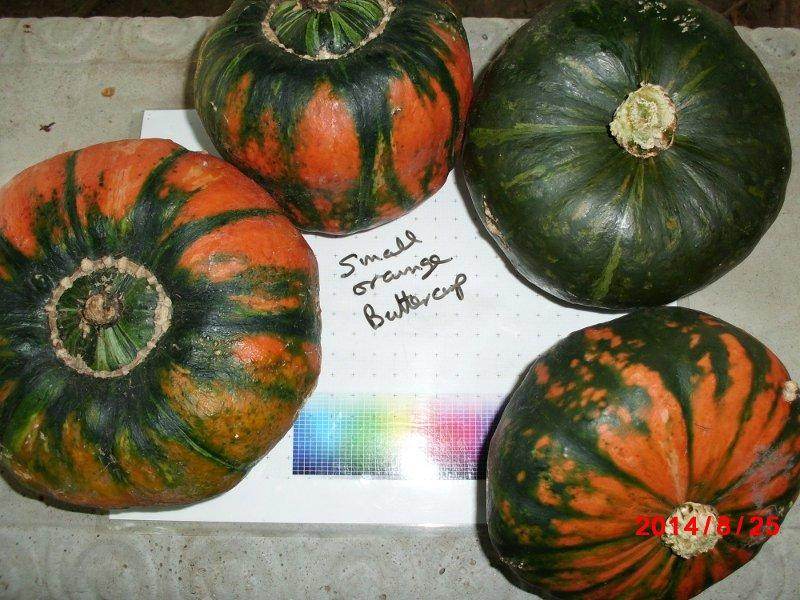
R Ranson wrote:Are all pumpkins, pepo, or are there large, orange pumpkin tasting squash that aren't pepo?


 4
4











 1
1




I'll plant tree and shrub seeds if you send them! Go here for an address and more info: https://permies.com/t/64918/Seeking-Tree-Seeds#553058
AVA Patreon: https://www.patreon.com/AvaPermaculture

 5
5




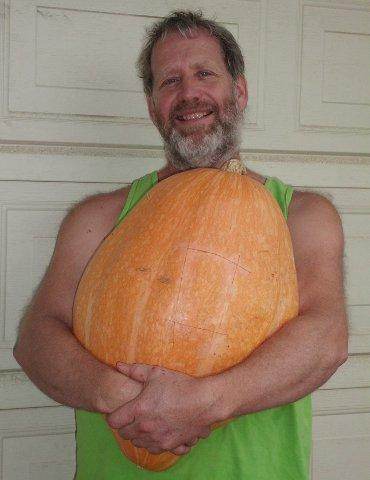
 2
2












 15
15




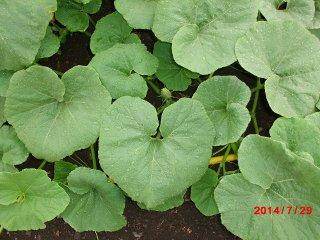
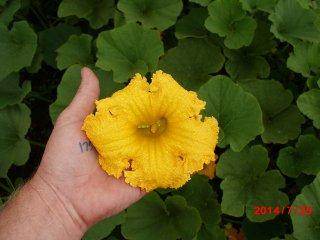
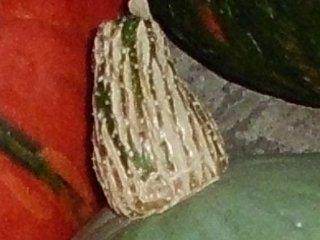
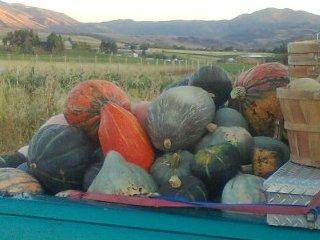
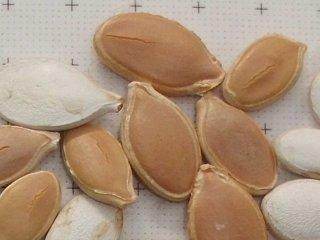
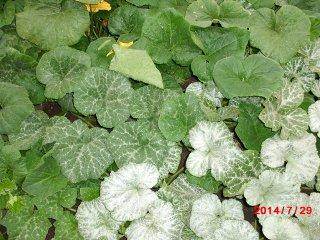
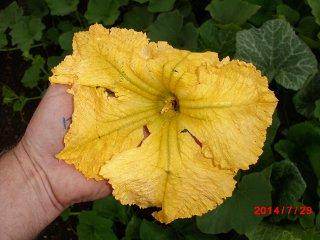
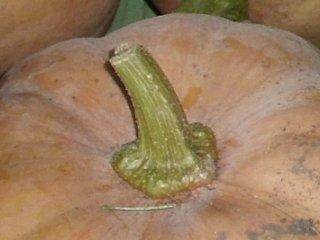
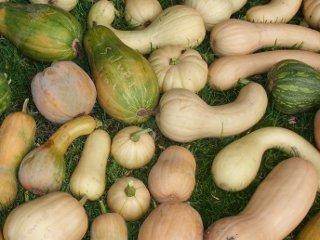
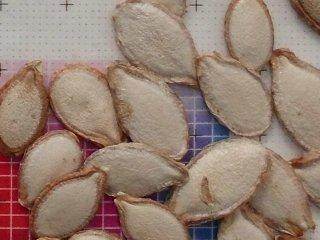
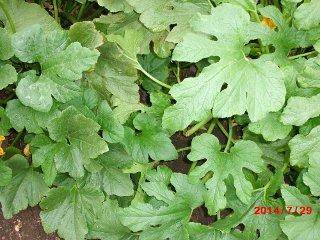
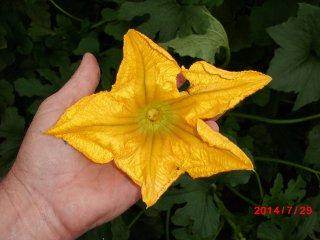
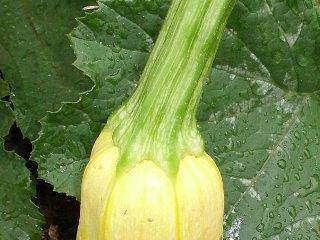
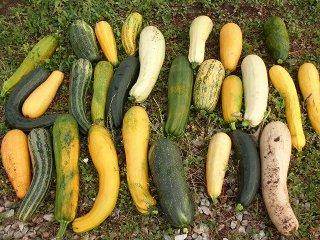




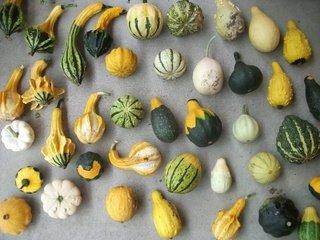
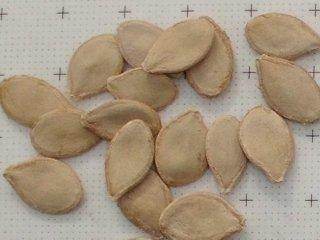
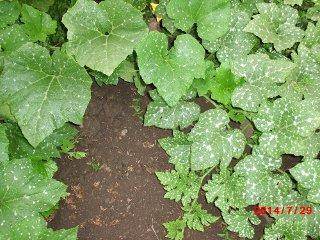
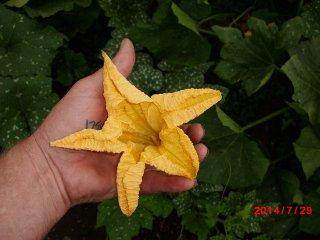
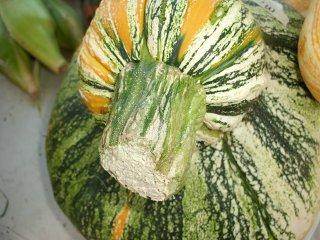
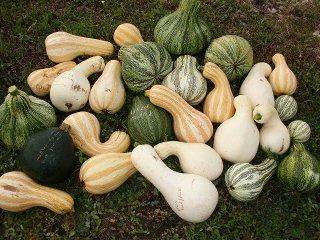

 2
2












 3
3




R Ranson wrote:Fried squash in bacon? Now I'm getting really excited about planting squash.
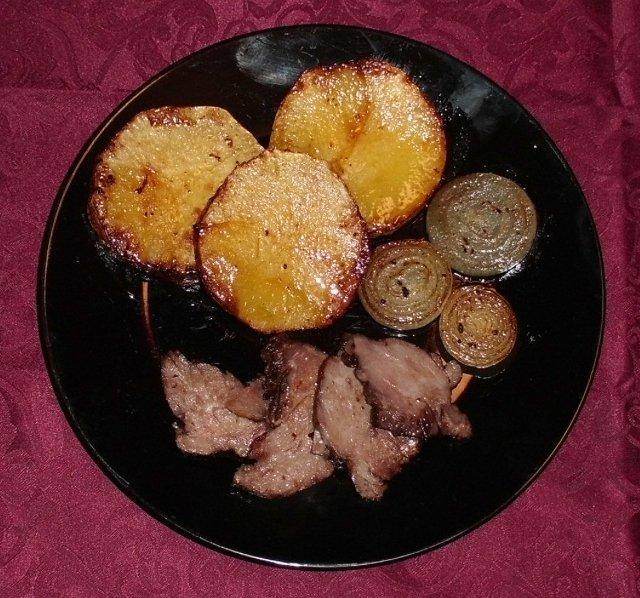












 1
1




Pepo squash were domesticated twice, so this description is for the zucchini type.
Pecan Media: food forestry and forest garden ebooks
Now available: The Native Persimmon (centennial edition)

 2
2




Dan Boone wrote:What do you mean by "domesticated twice"?




Pecan Media: food forestry and forest garden ebooks
Now available: The Native Persimmon (centennial edition)












 3
3




R Ranson wrote:Another squash question - can we tell just by looking at a squash if it will be a good keeper or not? [...] something we can look at and say, "yes, that squash will keep the winter, this other one we had best eat now."?




Joseph Lofthouse wrote:
Dan: I plant a few squash every few weeks during the summer, because it seems to me like it is only old plants that succumb to mildew, so if I always have a few young plants around, there will be a few that haven't yet succumbed to mildew. (I live in an extremely dry climate... So caveat emptor)
Pecan Media: food forestry and forest garden ebooks
Now available: The Native Persimmon (centennial edition)
 1
1




R Ranson wrote:can we tell just by looking at a squash if it will be a good keeper or not? Is there something in the skin toughness, or flesh thickness, or sweetness... something we can look at and say, "yes, that squash will keep the winter, this other one we had best eat now."?
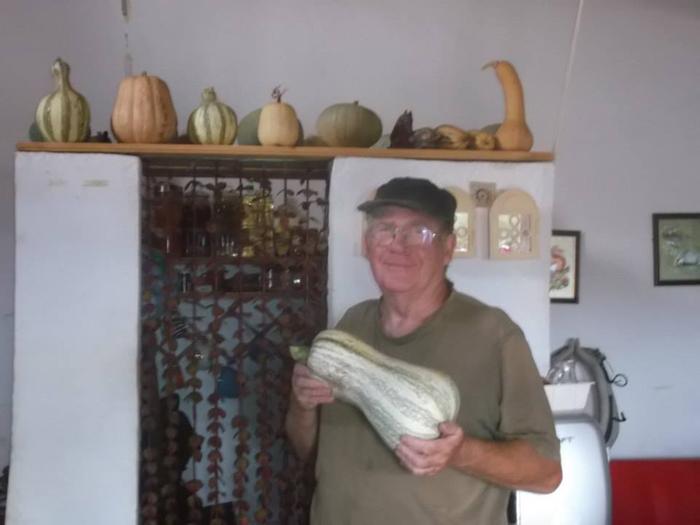
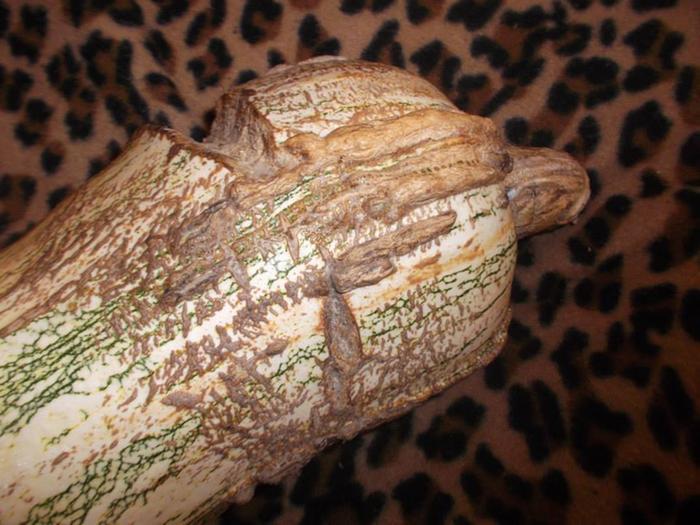
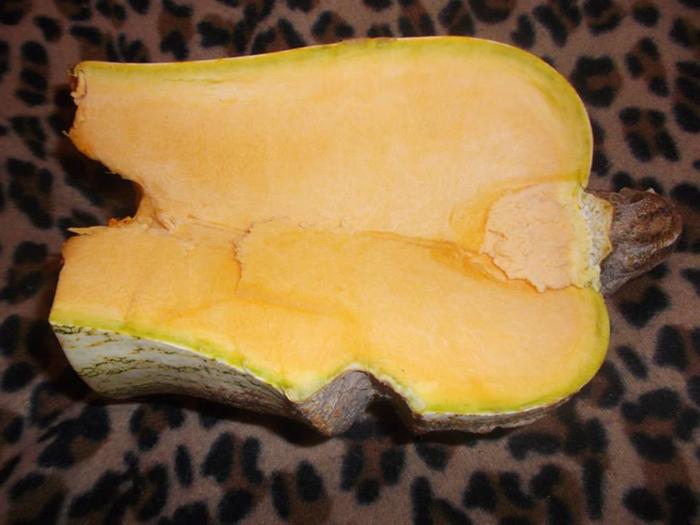
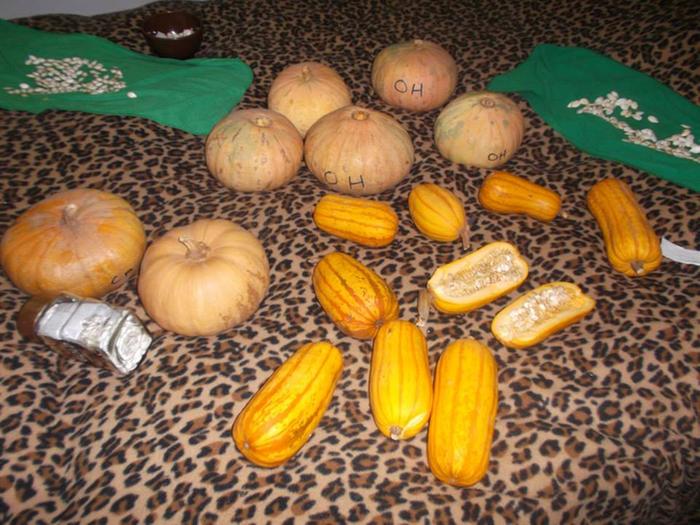
How permies.com works
What is a Mother Tree ?

 1
1




 1
1


























How permies.com works
What is a Mother Tree ?

 2
2




Burra Maluca wrote:Joseph - do you know anything about the squash family-tree?
Do we know how they are all related to each other, and which species are older, and which branched off from which? Has any genetic analysis ever been done or is everything we know just an educated guess?





How permies.com works
What is a Mother Tree ?





 1
1































How permies.com works
What is a Mother Tree ?




Burra Maluca wrote:Is that sweet-meat in the photo one that grew from a plant with the fig-shaped leaves? Because it looks just like the ones I grow from Carol's seed. I'll have to double check the leaves on mine though.






































Joseph Lofthouse wrote:R Ranson: The stem on the fruit, (the peduncle), matches the characteristics of a maxima squash. The color and shape of the fruits are also consistent with maxima traits.






















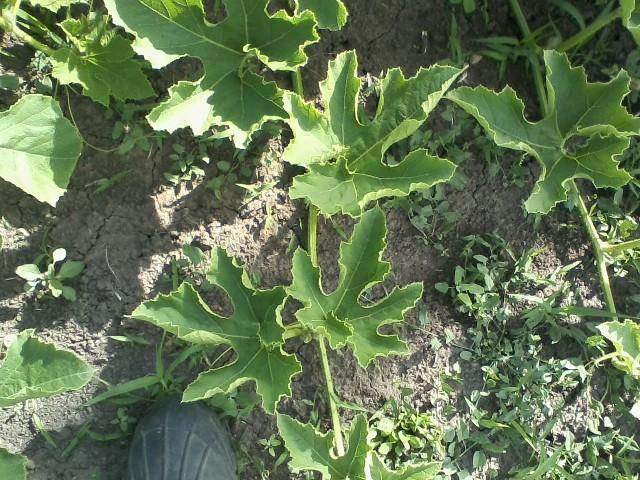
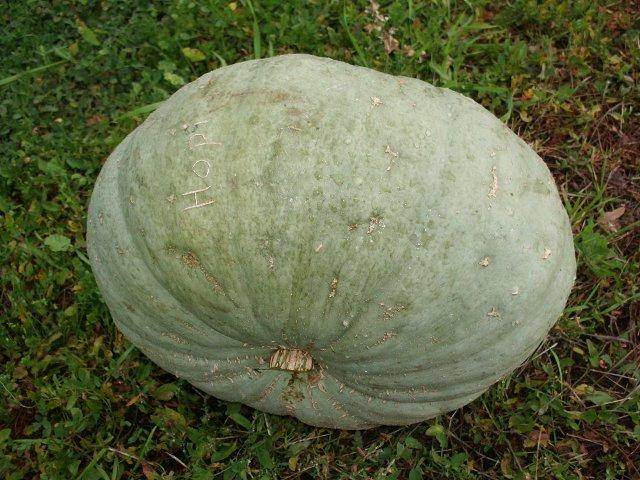
 1
1




 2
2




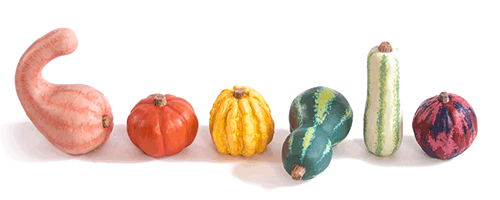
How permies.com works
What is a Mother Tree ?
















R Ranson wrote:This one has a pointy, more star shape flower and a round fruit.
What is it?

|
Remember to always leap before you look. But always take the time to smell the tiny ads:
The new gardening playing cards kickstarter is now live!
https://www.kickstarter.com/projects/paulwheaton/garden-cards
|





